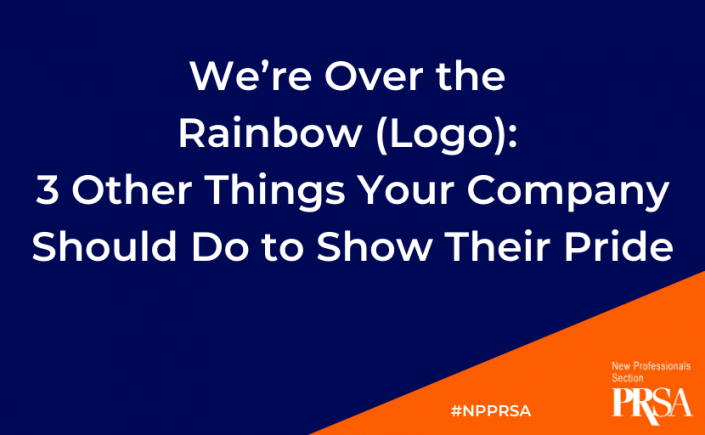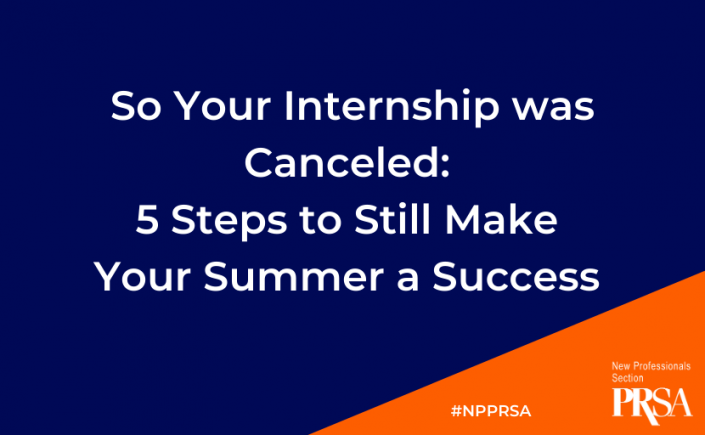Ever since the Supreme Court ruled same-sex marriage is an American right in 2015, rainbows and ally badges have been steadily making their way into the corporate landscape. Today, it’s not uncommon to see a LinkedIn feed full of colorful company logos that marketing teams schedule to hit on June 1, the start of Pride Month.
Although representation remains incredibly important in such public spaces, there is something a little shallow about dozens of companies who may not otherwise advocate for the LGBTQ+ beyond the rainbow logo. In fact, some have even taken to calling it “rainbow-washing,” which Wired’s Justice Namaste defined in a 2018 interview:
“Rainbow-washing allows people, governments, and corporations that don’t do tangible work to support LGBTQ+ communities at any other time during the year to slap a rainbow on top of something in the month of June and call it allyship.”
As the PR professional representing those relations with the public, we’ve compiled a simple list of things you can do to help your company more genuinely follow-through on their promise to the community when they incorporate rainbows this month.
1. Create an Internal Pride Committee
If your company really doesn’t know where to start, remove the pressure and start by looking to your staff. Do you have LGBTQ+ folks working at your organization who feel comfortable sharing ideas to make the workplace more inclusive? Or worse, have they already submitted some ideas, but were left unheard?
This is your chance to create a real space for pride within your company all year long, not just during June.
2. Show Up at Your Community’s Pride Celebrations
While the fight to keep LGBTQ+ rights is still very real, plenty of Pride events take place all over the U.S. in celebration of how far acceptance has come. Even if your company is not based in a large city, your community probably has some sort of non-profit organization or city committee that hosts a parade each year. Consider pitching participation to your employer and inviting employees out to enjoy the event under the company’s registration.
If you don’t have the large staff or budget to attend community events, consider offering a discount for those organizations that arrange them. It is Pride Month, after all.
3. Share the Importance of Pride with Staff
Maybe your company is so unsure of where they fit into Pride that they don’t even do the rainbow logo during June. As the PR pro, it’s up to you to start those conversations, and there’s nothing wrong with simply starting with your staff.
Consider creating a Pride newsletter full of historical facts that you can share, or working with your graphics team to publish a temporary internal webpage on a staff-exclusive communications site. This can help your business be more inclusive for their people, and possibly for the community as an ally in the future.
Has your company gone above and beyond in support of Pride? Share in the comments below!



